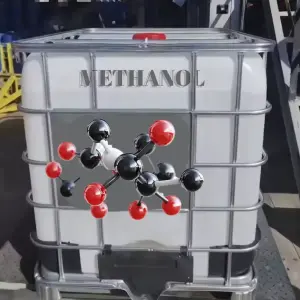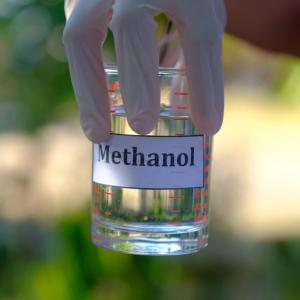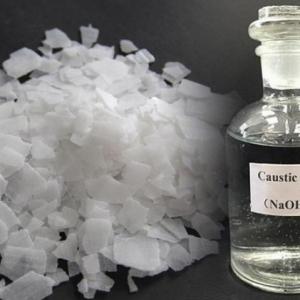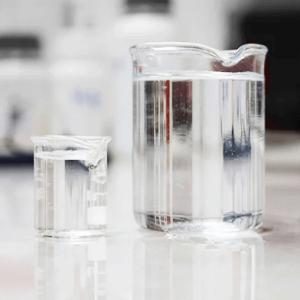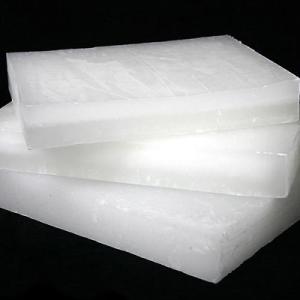CHEMICALS & AROMATICS For Expert In The International Market
- Chemicals and aromatics, offering premium products like benzene, methanol, toluene, and caustic soda.
- These products are backed by abundant natural resources, advanced petrochemical facilities, and skilled expertise.
- Iran’s chemicals and aromatics are available at highly competitive prices, making them attractive for global markets.
- Aromatics are hydrocarbons with six-carbon benzene rings, serving as essential feedstocks in many industries.
- They are crucial for producing resins, solvents, and gasoline additives for the automotive, plastics, and textile sectors.
- Iran’s chemical portfolio includes both organic and inorganic compounds with applications across manufacturing, agriculture, and construction.
- Its strategic location near major shipping routes ensures efficient delivery to international buyers.
- Advanced facilities and a growing production capacity guarantee reliable supply and consistent quality.
- Iran is committed to offering world-class products tailored to diverse industrial needs.
- Order now to secure exceptional chemicals and aromatics at cooperation prices!
Iran Chemicals & Aromatics for Export
Chemicals and aromatics from Iran, including benzene, methanol, toluene, and caustic soda, are available at competitive prices. Order now for premium quality and reliable supply Iran is a major hub for the production and export of chemicals and aromatics, thanks to its abundant natural resources and advanced petrochemical infrastructure. With a significant share of the Middle East’s petrochemical output and a growing presence in global markets, Iran’s chemical and aromatic products are highly sought after. The combination of cutting-edge technology, a skilled workforce, and access to abundant raw materials positions Iran as a leader in the global petrochemical landscape.
Aromatics
Aromatics are a group of hydrocarbons derived from petroleum, characterized by their six-carbon ring molecular structure (benzene rings) and their distinct “sweet” or aromatic odor. These compounds play a pivotal role in the chemical industry, both as feedstocks and as industrial solvents. Additionally, aromatics are critical in enhancing gasoline’s octane rating, making them indispensable for various industries such as automotive, plastics, and textiles.
Key Characteristics of Aromatics:
- Molecular Structure: Aromatics contain benzene rings that provide unique chemical properties.
- Versatility: These hydrocarbons are used as feedstocks for producing high-value products, solvents, and additives.
- Widespread Applications: From fuel enhancement to plastics and resins, aromatics are a cornerstone of modern industry.
Aromatic Products:
- Benzene: A key feedstock for producing resins, nylon, styrene, and various other derivatives. Benzene’s versatility makes it a backbone of the chemical industry.
- Ortho-Xylene: Used in the production of phthalic anhydride, which is a precursor for plastics, dyes, and synthetic fibers.
- Para-Xylene: Essential for creating polyester fibers, PET bottles, and other consumer goods. It is one of the most demanded aromatics globally.
- Mix-Xylene: Commonly used as a solvent and a blending component in gasoline, offering high octane performance.
- Toluene: A versatile solvent employed in adhesives, paints, and explosives like TNT. It also serves as a precursor for chemical synthesis.
- Styrene Monomer: Utilized in producing polystyrene plastics, synthetic rubber, and resins, styrene is a critical input for durable and lightweight materials.
Chemicals
Chemicals are substances formed through the chemical union of two or more elements or compounds in precise proportions. These substances are integral to various industries and play a foundational role in manufacturing consumer goods and industrial materials. The breadth of applications for chemicals ensures their constant demand across the globe.
Types of Chemicals:
- Inorganic Chemicals: Compounds that do not contain hydrocarbon groups. Examples include caustic soda, sulfuric acid, and ammonia.
- Organic Chemicals: Compounds that include hydrocarbon groups. These chemicals are used in a wide array of applications, including polymers, solvents, and fuels.
Applications:
Chemicals find extensive applications in agriculture, manufacturing, construction, and service industries. They are also pivotal in producing fertilizers, plastics, pharmaceuticals, textiles, and other essential products.
Chemical Products:
- Caustic Soda: Widely used in paper, textiles, soap, and detergent industries. It is a vital input for many industrial processes.
- Methanol: Essential for formaldehyde production, fuel blending, and as a precursor for acetic acid and methyl tert-butyl ether (MTBE).
- Linear Alkyl Benzene (LAB): A base material for detergents, ensuring high performance and biodegradability.
- Heavy Alkylate Benzene (HAB): Used in lubricants and industrial oils, offering stability and performance.
- Methylene Diphenyl Diisocyanate (MDI): A critical component in polyurethane production, used for insulation and cushioning materials.
- Toluene Diisocyanate (TDI): Employed in the production of flexible polyurethane foams, essential for furniture and automotive applications.
- Ethylene Dichloride (EDC): A precursor for PVC production, which is used in pipes, packaging, and construction materials.
- Mono Ethylene Glycol (MEG): Essential for antifreeze, polyester fibers, and PET production.
- Di Ethylene Glycol (DEG): Used in plastics, resins, coolants, and as a humectant.
- Aniline: A precursor for dyes, drugs, and rubber chemicals. Its versatility makes it critical for multiple industries.
- Acetic Acid: Widely used in food preservation, as well as in the chemical and textile industries.
- Normal Paraffin (NP): A raw material for LAB production, essential for detergent manufacturing.
- Carbon Black: Used in rubber, plastics, and pigments. It enhances strength, durability, and color depth in products.
Why Choose Iran’s Chemicals and Aromatics?
Strategic Location: Iran’s proximity to major shipping routes ensures quick and cost-effective transportation to global markets.
Abundant Resources: With vast reserves of natural gas and crude oil, Iran has a consistent and economical supply of raw materials for chemical and aromatic production.
Advanced Infrastructure: Modern petrochemical complexes equipped with state-of-the-art technology ensure high-quality outputs.
Global Presence: Iran’s products cater to industries worldwide, meeting international standards and fulfilling diverse industrial needs.
Competitive Pricing: Due to its resource advantages and efficient production processes, Iran offers competitive pricing for its chemical and aromatic products.
Industry Growth and Future Outlook
Iran’s petrochemical and aromatic industry is poised for significant growth. Production capacity is projected to rise from 65 million tonnes in 2021 to 141 million tonnes by 2027 and further to 200 million tonnes by 2030. Investments in sustainable practices and advanced technologies are shaping the future of Iran’s chemical sector. The country’s commitment to innovation and quality ensures that it remains a key player in the global market.
Iran’s chemicals and aromatics industry is a cornerstone of its economy, providing reliable and competitive solutions for global markets. For businesses seeking high-quality products and strong partnerships, Iran’s offerings represent an excellent opportunity for collaboration and growth.
Add your review
Your email address will not be published. Required fields are marked *
Please login to write review!
Looks like there are no reviews yet.

by Abrisham Road
Inspection group .co

Almas Group
- Store rating
0
- Staff
5
- Offers
> 100
- Products
4







